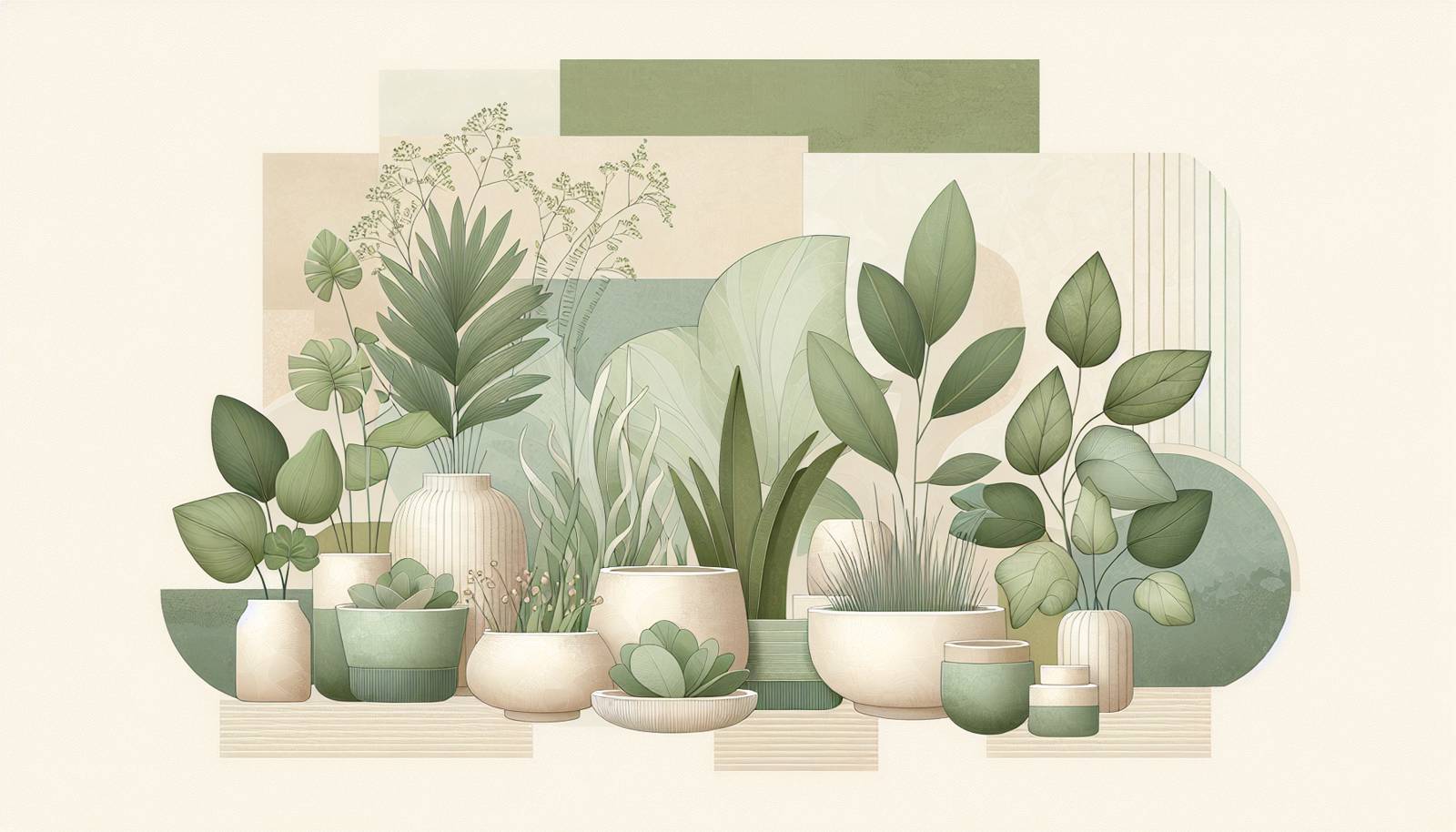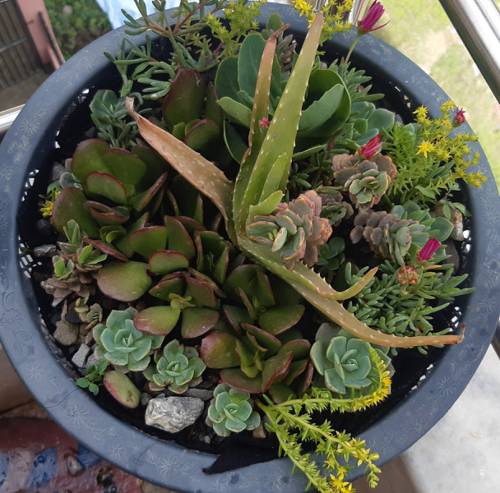
FAQ About Indoor Plant Eco-Friendly Containers

What are eco-friendly containers for indoor plants?
Eco-friendly containers for indoor plants are pots or planters made from sustainable, recyclable, or biodegradable materials. These containers reduce environmental impact and promote a healthier ecosystem through their materials and manufacturing processes.

Why should I use eco-friendly containers for indoor plants?
Using eco-friendly containers helps reduce environmental waste and supports sustainable practices. They often encourage better water retention and air circulation for plants, contributing to more holistic indoor gardening. Furthermore, eco-friendly containers reduce the reliance on plastic and non-renewable resources.

What materials are commonly used in eco-friendly containers for indoor plants?
Common materials used in eco-friendly containers include recycled plastics, bamboo, terracotta, ceramic, reclaimed wood, and biodegradable composites. These materials are chosen for their ability to be sustainably sourced and minimized environmental impact.

How do recycled plastic containers benefit indoor plants?
Recycled plastic containers benefit indoor plants by reusing material waste and preventing additional plastic pollution. They are durable, lightweight, and often designed to optimize airflow and moisture retention. Thus, they provide a sustainable option without compromising plant health.

Are bamboo containers suitable for all indoor plants?
Bamboo containers are suitable for many indoor plants due to their natural properties. Bamboo is lightweight, strong, and biodegradable, making it a great choice for eco-conscious gardening. It works well for small plants, but larger or heavy plants may require more robust materials.

What is the environmental impact of terracotta pots?
Terracotta pots, made from natural clay, are an environmentally friendly option since they are biodegradable and typically don't involve harmful chemicals in their production. Their porous nature helps regulate temperature and moisture, benefiting plant health while being sustainable.

How can ceramic planters be eco-friendly?
Ceramic planters can be eco-friendly when made using sustainable practices and materials. They last long and can be recycled at the end of their lifespan. Choosing ceramics that are locally sourced and crafted reduces transportation emissions, promoting further eco-friendliness.

What are the advantages of using reclaimed wood containers for plants?
Reclaimed wood containers are advantageous because they utilize recycled materials, thereby reducing waste. They have a rustic aesthetic and naturally regulate temperature and moisture. Sustainable sourcing ensures minimal environmental impact in their production.

Are biodegradable plant pots effective for indoor use?
Biodegradable plant pots are effective for indoor use as they break down over time, leaving no trace of their existence, thus contributing to zero waste gardening. They help minimize the long-term environmental footprint of gardening activities.

Do eco-friendly containers require special care?
Eco-friendly containers may require special care, depending on the material. For example, bamboo and wood containers should be kept dry to prevent rot, while clay pots might need more frequent watering due to their porous nature. Understanding the material’s properties can help in maintenance.

Can eco-friendly containers support healthy plant growth?
Yes, eco-friendly containers often support healthy plant growth. Many are designed to enhance airflow, drainage, and moisture retention, all critical factors in a plant's ability to thrive. Choosing containers made from breathable materials can promote root health and growth.

How can I identify an eco-friendly container?
Identifying an eco-friendly container involves checking the materials and production methods. Look for labels indicating recycled, sustainable, or biodegradable materials. Brands often highlight eco-certifications or standards on their packaging or product descriptions.

Are there any certifications for eco-friendly gardening containers?
Certain certifications indicate that containers are eco-friendly, such as the Forest Stewardship Council (FSC) label for wood or the Global Organic Textile Standard (GOTS) for applicable fabric materials. These labels suggest sustainable materials and ethical manufacturing processes.

Do eco-friendly containers come in various designs?
Eco-friendly containers come in a wide variety of designs to suit different aesthetic preferences and plant needs. They range from simple, minimalist designs to more elaborate, decorative styles. The versatility in material and design engages environmentally conscious consumers who still value style.

Are eco-friendly containers more expensive than regular ones?
Eco-friendly containers can be priced similarly or slightly higher than standard options due to their sustainable materials and manufacturing processes. The investment contributes to environmental conservation and promotes sustainable practices, often justifying the cost for eco-conscious consumers.

How can using recycled materials in plant containers benefit the environment?
Using recycled materials in plant containers benefits the environment by reducing waste and conserving resources. It minimizes demand for virgin materials and prevents additional pollution associated with plastic production. Recycling promotes a circular economy, extending the lifespan of materials used.

Can I make my own eco-friendly plant containers?
Yes, you can make your own eco-friendly plant containers using materials like reclaimed wood, old glass jars, and cloth. DIY projects promote creativity and allow you to repurpose items, reducing waste. Ensure that the materials chosen are appropriate for plant health and durability.

Do eco-friendly containers retain soil moisture well?
Eco-friendly containers generally retain soil moisture well, especially those made from porous materials like terracotta and ceramics, which allow excess moisture to escape while retaining enough moisture to keep plants hydrated. This balance helps prevent overwatering and root rot.

Can eco-friendly containers be reused?
Eco-friendly containers can typically be reused multiple times, depending on the material and condition. Materials like ceramic and bamboo are durable and designed to last. Reusing containers reduces the need for new ones, thus actively contributing to sustainable gardening practices.

What are the disadvantages of using eco-friendly plant containers?
Disadvantages include potentially higher costs and the need for more maintenance, depending on material types, such as wood and bamboo. Some eco-friendly options may not be suitable for very large plants due to their material's strength and durability. Finding suitable conditions to maintain these materials is crucial.
